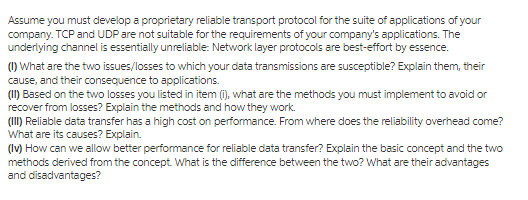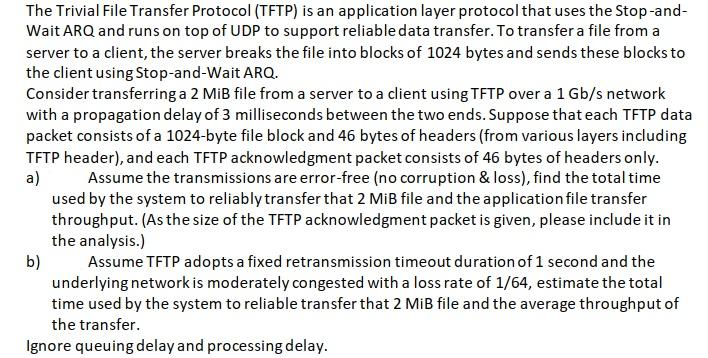Question
a) Consider the eigenface algorithm for face recognition in computer vision. (i) What is the role of the database population of example faces upon which
a) Consider the eigenface algorithm for face recognition in computer vision.
(i) What is the rˆole of the database population of example faces upon which
this algorithm depends? [3 marks]
(ii) What are the features that the algorithm extracts, and how does it
compute them? How is any given face represented in terms of the existing
population of faces? [4 marks]
(iii) What are the strengths and the weaknesses of this type of representation
for human faces? What invariances, if any, does this algorithm capture
over the factors of perspective angle (or pose), illumination geometry, and
facial expression? [4 marks]
(iv) Describe the relative computational complexity of this algorithm, its
ability to learn over time, and its typical performance in face recognition
trials. [3 marks]
(b) In a visual inference problem, we have some data set of observed features x,
and we have a set of object classes {Ck} about which we have some prior
knowledge. Bayesian pattern classification asserts that:
P(Ck|x) = P(x|Ck)P(Ck)
P(x)
Explain the meaning of, and give the name for, each of these three terms:
P(Ck|x)
P(x|Ck)
P(Ck) [3 marks]
(c) Define the concept of reflectance map φ(i, e, g) and define the three variables
i, e, and g on which it depends.
(a) A full adder for a single bit has three inputs, a, b and cin, and two outputs,
s and cout for the sum and carry-out. State the formulae for s and cout in
disjunctive normal form. [2 marks]
(b) Explain the operation of the following three approaches for handling carry in
n-bit word adders, deriving formulae for the signals involved and explaining
the limiting factors on their speed:
(i) ripple carry, [2 marks]
(ii) carry-skip with fixed-size blocks, and [6 marks]
(iii) carry-skip with variable-size blocks. [4 marks]
(c) Assuming a delay of τ for a round of combinational logic consisting of negation,
conjunction and disjunction, estimate the delays for the three designs applied
to a 48-bit adder. [3 × 2 marks]
3 Digital Communication II
(a) In the context of Quality of Service (QoS) in networking, what do we mean by
elastic and inelastic applications? [2 marks]
(b) Give two examples of each type of application and discuss the application
attributes and QoS requirements. [8 marks]
(c) Discuss the problems faced by traditional Internet routers in dealing with
inelastic traffic. [6 marks]
(d) How do the IntServ and DiffServ architectures differ in offering QoS, and how
might they be employed together to provide an end-to-end QoS? [4 marks]
3 (TURN OVER)
CST.2008.9.4
4 Quantum Computing
(a) The no-cloning theorem is a statement that is often said to show that a
quantum state |φi cannot be exactly duplicated.
(i) Give a mathematically precise statement of the no-cloning theorem.
[2 marks]
(ii) Give a proof of the no-cloning theorem. [4 marks]
(b) The quantum teleportation protocol is a means by which one party, Alice, can
send a quantum state to another party, Bob, by transmitting just two classical
bits, provided that the two already share an entangled 2-qubit state.
Explain how the quantum teleportation protocol works, sketching any circuit
that may be used. [6 marks]
(c) The Deutsch-Jozsa problem assumes that we are given a function
f : {0, 1} → {0, 1} in the form of a quantum black box performing a unitary
operation Uf : |abi 7→ |a(b ⊕ f(a))i.
Sketch a circuit with only one use of Uf that determines whether f is constant
or balanced. Explain carefully what measurement is performed and why it
gives the desired result
output all integers less than or equal to that value.
program that reads a person's first and last names, separated by a space. Then the program outputs last name, comma, first name.
: Write JAVA program to read and then add two numbers type integer and display the result.
Write java program to read database tables from Microsoft Azure. The database is in azure. Write a java program how to access the database and read the tables.
(a) Place four control points P1, P2, P3, P4 in a square. For each of the following
knot vectors, for the quadratic B-spline (k = 3), sketch (i) the four basis
functions and (ii) the B-spline curve defined by the four control points and
four basis functions, marking the location of the knots and the value of t at
each knot.
(α) [1, 2, 3, 4, 5, 6, 7]
(β) [1, 2, 3, 3, 4, 5, 6]
(γ) [1, 2, 3, 3, 3, 4, 5]
[12 marks]
(b) Describe, in detail, an algorithm to find the intersection point between an
arbitrary ray and an arbitrary triangle in 3D. Ensure that you define all
parameters.
(a) Sometimes evaluating expressions may be partially or wholly redundant in
that they have been previously evaluated on some or all of the program paths
leading to them.
(i) Outline the theory of available expressions, including dataflow equations
and how to compute their solution. Also give a brief explanation of how
to use this solution to remove common-subexpressions. How does the idea
of either form of redundant computation relate to the notion of commonsubexpression? [7 marks]
(ii) Give an example of a redundant computation that is not removed by the
technique you give in part (i). [2 marks]
(b) Consider an intra-procedural dataflow analysis for security. Variables may
hold high-security (e.g. a PIN) or low-security (e.g. a counter) values. Program
constants are low-security, and on function entry only variables in the set H
are high-security. Security flows through direct dataflow: the result of an
assignment is assumed to be high-security if a variable on the right-hand side
may hold a high-security value.
(i) Design a dataflow analysis that calculates, for each node n in a flowgraph,
the set of variables that may hold a high-security value at n. Have you
defined a forward analysis or backward analysis? How is your dataflow
analysis implemented, noting particularly initialisation of any iteration?
[7 marks]
(ii) Give an informal argument as to why your dataflow analysis is safe or an
example of why it is not—in either case discussing reasons or interesting
cases. For this purpose treat an analysis as being safe if it is impossible
to write a function body that (1) implements the identity function and
(2) has the property that the output variable is analysed as low-security
on exit even though the input variable is high-security (a member of H)


Assume you must develop a proprietary reliable transport protocol for the suite of applications of your company. TCP and UDP are not suitable for the requirements of your company's applications. The underlying channel is essentially unreliable: Network layer protocols are best-effort by essence. (1) What are the two issues/losses to which your data transmissions are susceptible? Explain them, their cause, and their consequence to applications. (II) Based on the two losses you listed in item (i), what are the methods you must implement to avoid or recover from losses? Explain the methods and how they work. (III) Reliable data transfer has a high cost on performance. From where does the reliability overhead come? What are its causes? Explain. (Iv) How can we allow better performance for reliable data transfer? Explain the basic concept and the two methods derived from the concept. What is the difference between the two? What are their advantages and disadvantages?
Step by Step Solution
There are 3 Steps involved in it
Step: 1

Get Instant Access to Expert-Tailored Solutions
See step-by-step solutions with expert insights and AI powered tools for academic success
Step: 2

Step: 3

Ace Your Homework with AI
Get the answers you need in no time with our AI-driven, step-by-step assistance
Get Started


